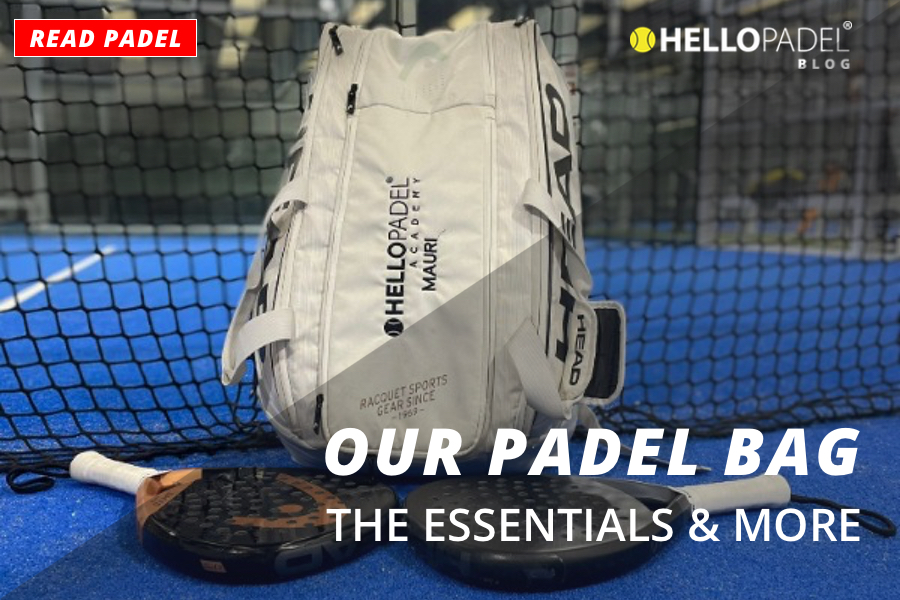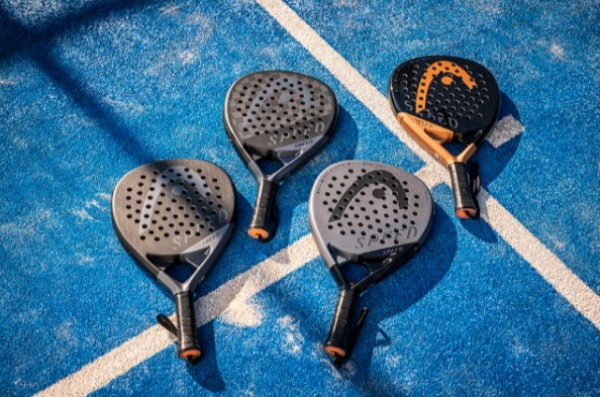HOW TO PREPARE YOUR RACKET BAG!
1. INTRODUCTION
When preparing our racket bag to go to train or play a padel match, surely (hopefully), no one forgets to put the padel racket and shoes. However, preparing the perfect bag requires the inclusion of many more accessories and items.
Although the “perfect” bag, in the end, will end up being something personal, in this article we will try to list all the items that could be put in a bag so that it, or rather, the player, does not lack anything.
2. THE PERFECT PADEL RACKET BAG
– Padel racket (and a spare).
Many professionals take up to 3 padel bats with them when they go to play. It is clear that, for the vast majority of amateurs, this will not be possible. However, we do encourage you to take at least one spare racket, even if it is a different model or an old one, because you never know if you might break your racket.
– Balls.
Although the perfect thing would be to always play with new balls, at least, if not, that the balls are in a very good state of conservation. Believe us when we say that playing with old balls in bad condition will have a great influence on the quality of the game, making us enjoy our shots and good sensations with the ball much less that day.
– Sports shoes.
In our opinion, footwear is probably the most important complement to clothing.
We strongly recommend quality footwear, as it can make a big difference in our performance.
A bad shoe, apart from being less comfortable, could cause a small injury due to friction with poor quality stitching and, in the worst case, even pain at some point in the lower limbs, ankles, knees, hips…
Shoes should be comfortable, provide good support and offer a very good grip on the court.
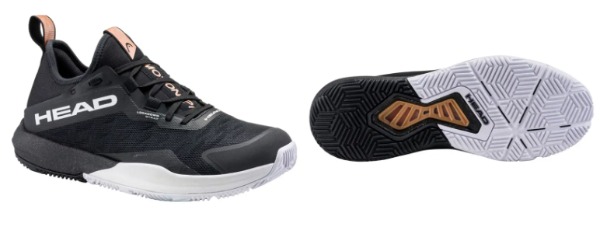

– Clothes to play.
Padel clothing should be comfortable, light, breathable and flexible to allow us to move freely and without difficulty.
Logically, we must also take into account the weather and the temperature at which we are going to play.
– Water
It is absolutely essential to carry at least 1.5 litres of water, especially if you are playing in very hot weather. We must not forget that with very little dehydration our performance will quickly deteriorate.
– Extra spare clothing.
Here we are referring, above all, to carrying one (or more) spare T-shirts.
Playing in summer and with humidity, it is not very difficult that, after a short time of playing, especially if you are one of those who sweat a lot, our shirt is completely soaked and stuck to our body. In these cases, your racket bag should have at least a change of shirt for a new, dry one which will make playing much more comfortable.
– Everything you need to take a shower (flip-flops, towel, soap…)
– Sweat towel
A good idea if you sweat a lot. We recommend putting a towel in your racket bag, made of a very absorbent material, as not all towels dry equally well.
– Overgrips
Being able to play well when the handle of your racket is slipping all the time is difficult. Overgrips are a very good solution, as they will provide us with a comfortable feel while ensuring a firm and secure grip. Although at amateur level it may not be necessary to change the overgrip every match, as many professional players do, we should make sure, before playing, that the overgrip is still in optimal conditions.
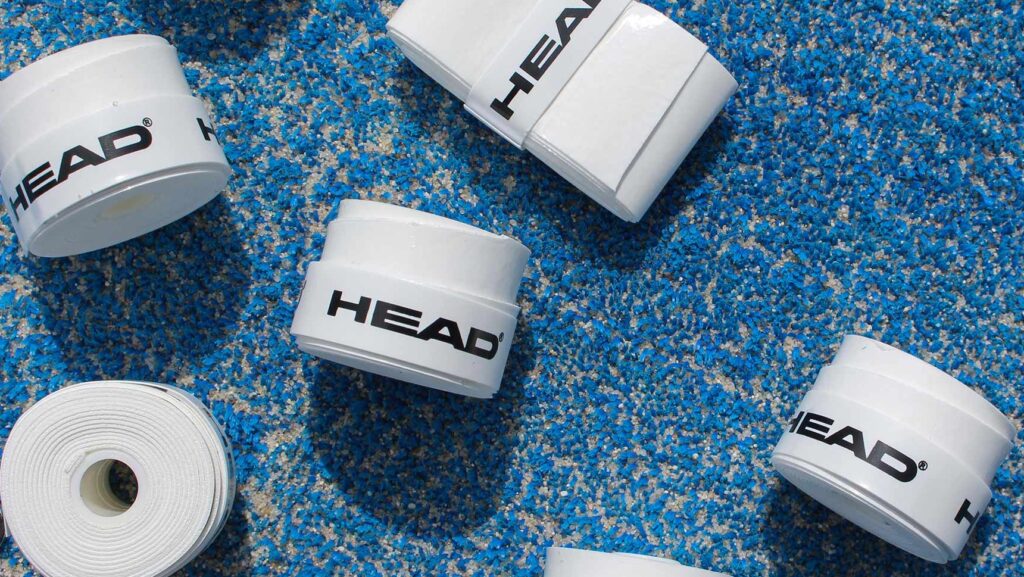

– Wristbands
If you sweat a lot and it’s hot, these are perfect for you.
– Magnesium or similar products
If you still need something more than an overgrip to fight against sweaty hands, there are a variety of products on the market that can be very useful. Perhaps the best known is the use of magnesium to keep your hands dry.
– Caps
Although some people say that they can’t play with a cap on because it bothers them, wearing one when playing in the summer when the sun is beating down on us can make us physically better able to withstand hot conditions. In addition, when the sun is in our face, it will block the sun on all low shots and not very high volleys, which is also appreciated.
– Sunglasses
Everyone should always wear sunglasses. The eyes are 20 times more sensitive than the skin to the influence of the sun’s rays, and prolonged exposure to ultraviolet radiation can cause long-term damaging effects on vision which, unfortunately, are always cumulative – once the damage is done, it cannot be reversed or healed.
– Protective eyewear
An item, which is highly recommendable to wear, although the reality is that very few players use them. It is, like everything else in life, a matter of probability. When playing padel there is the possibility of getting hit by a ball in the eye, and the consequences of this can be very serious.
– Sun screen
Everyone should protect themselves from the harmful effects that the sun can cause in the long term (skin cancer, premature ageing, spots, etc.).
– Isotonic and/or energy drink, shakes, sports supplements, proteins, etc.
It may also be a good idea to supplement hydration with isotonic drinks and not just water. These are rich in mineral salts, are high in magnesium and carbohydrates and contain mineral salts.
Experts say that, if you are practising a low-intensity sport or one that does not exceed an hour and a half, water may be sufficient for proper hydration.
– Energy or stimulant drinks.
If for whatever reason you need a boost of energy, this type of drink can be a good option.
They reduce muscle fatigue, increase endurance, delay exhaustion, improve attention, concentration and muscle contractile capacity.
Experts recommend taking them 20 to 30 minutes before exercise and their effects can last for about 1 hour. However, always take care what brands you drink and how they personally effect your body.
– Energy bars, energy gels or similar.
The Spanish Society of Sports Medicine (SEMED) only advises taking them during a sporting activity if it lasts more than 90 minutes, such as cycling or athletics.
In the case of padel, the ideal time to take a bar would be after the match and/or training.
It is necessary to know that there are mainly 2 types of bars: those rich in carbohydrates and those rich in proteins, and that depending on what we are looking for, we should take one or the other.
– Bananas.
Probably the queen fruit when we do sport. They provide us with energy (carbohydrates and fructose), help prevent muscle cramps due to their high magnesium content, reduce cellular inflammation, reduce the risk of strokes and improve fluid circulation, regulate mood disorders.
Although they can be taken before, during and after sport, in the case of padel we recommend taking them during the match.
– Padel medicine kit.
It is always a good idea to carry a first aid kit with the items most likely to be used: bandages, cream or gel for pain, dressings for corns or calluses, plasters, adhesive tape, antiinflamatory (ibuprofen or similar)…
– Elastic bands or rubber bands.
If you have a specific injury these can be very useful for specific warm-up and are very easy to carry.
– Tissues.
You never know when you’re going to need to blow your nose! Having to play with a stuffy nose is not pleasant and can divert your attention away from your nose (and reduces your oxygen intake!) and away from the game. Tissues can be useful for other reasons too (wiping clean glasses etc).
CONCLUSION
In this article we have tried to compile everything you could possibly carry in your sports bag when going to play padel.
Obviously, we are not saying that to go to play padel everyone has to carry all this, as the circumstances of each player and moment can vary greatly. For example, the bag that a professional player who is going to play a tournament in another country will have to prepare will not be the same as the bag that a player who is going to play in a club 5 minutes away from home will have to prepare.
Therefore, as we have advanced in the introduction, the “perfect” bag will end up being defined by each player, choosing those items that each one considers indispensable and more important to carry according to each situation (competition match, training, indoor, climate…).
So, tell us, what items would you include in your “perfect” bag?
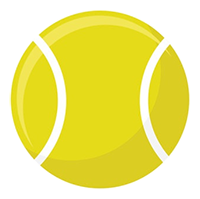 Upgrade now
Upgrade now




